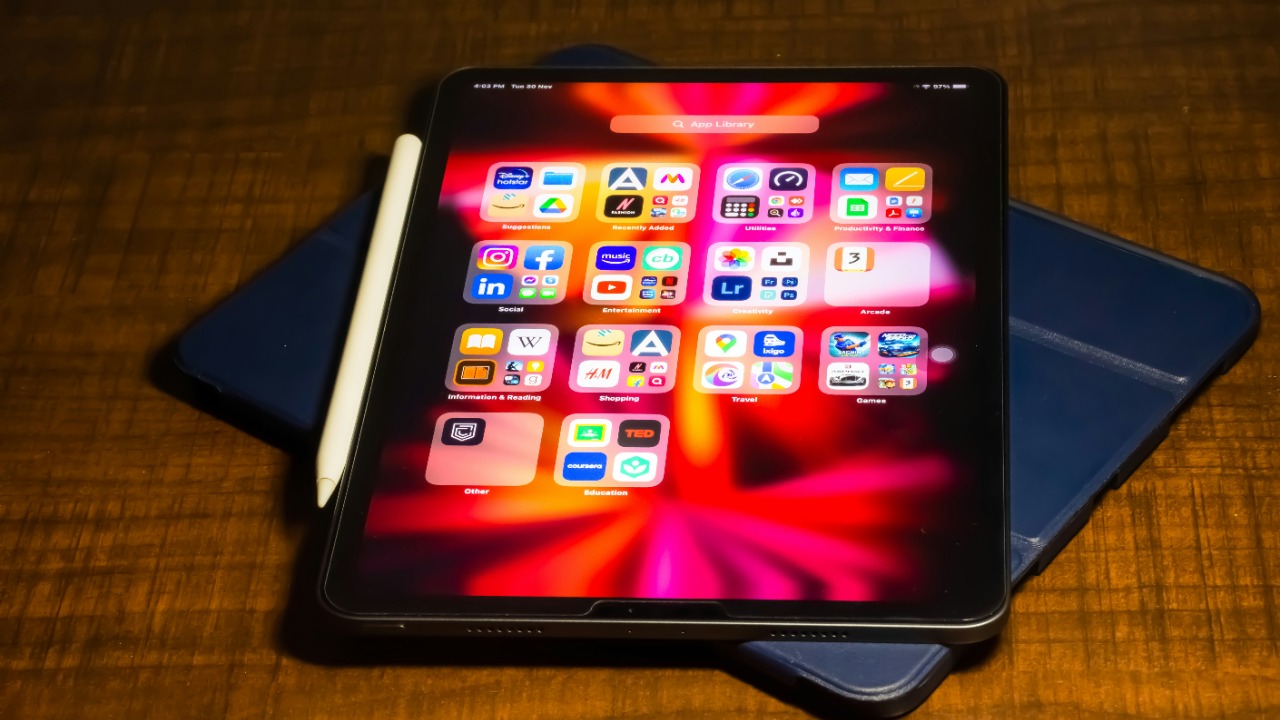
Tablets have become essential tools in our daily lives, but they might be doing more than just helping us stay connected. While these devices offer convenience, they can also be gateways for unwanted surveillance. Here are nine ways your tablet might be spying on you.
1. Microphone Eavesdropping
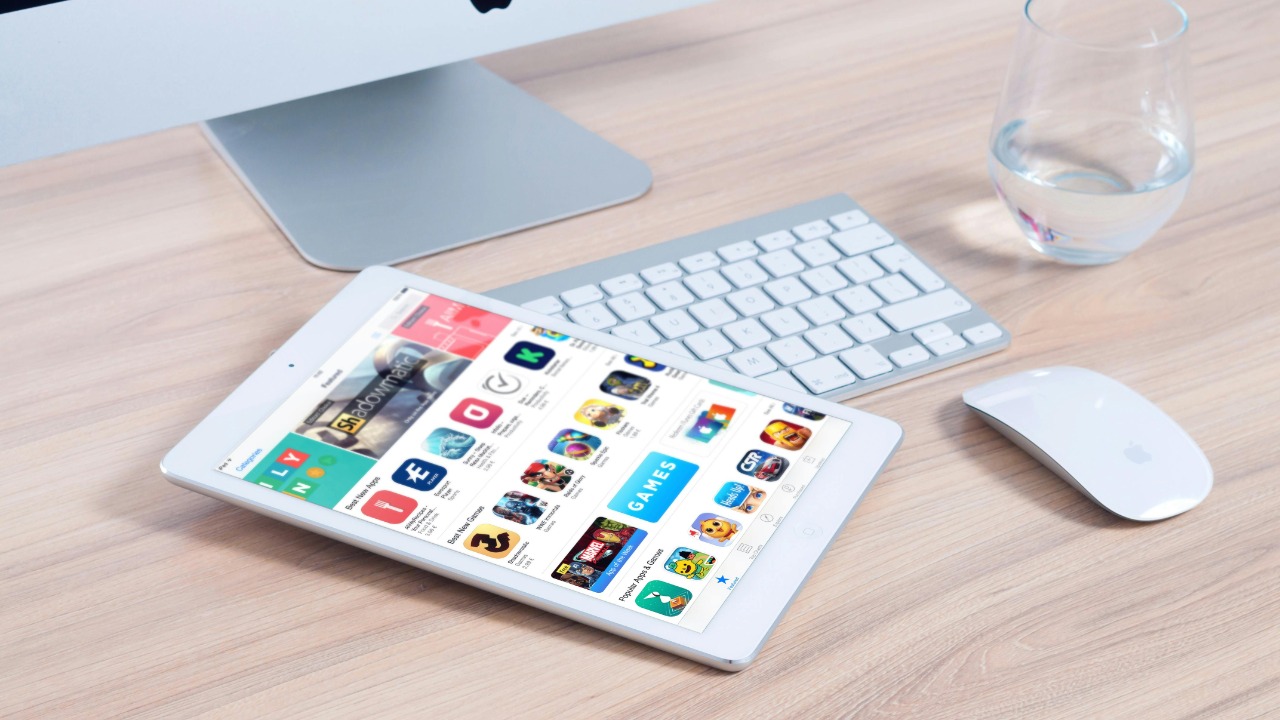
Your tablet’s microphone is always listening, even when you’re not actively using it. While this might sound like a scene from a spy movie, the reality is that apps can access your device’s microphone without your knowledge. This capability allows them to collect audio data and even use voice recognition software to analyze conversations. If you’re concerned about this, consider adjusting your app permissions and using a trustworthy security app to monitor microphone activity.
2. Camera Surveillance

The camera on your tablet can be turned on remotely by malicious apps or hackers, capturing images and videos without your consent. This kind of unauthorized surveillance is more common than you might think. To protect yourself, tape over your camera when it’s not in use or disable camera access for apps that don’t need it. Regularly checking app permissions can prevent unwanted eyes from peering into your private life.
3. Location Tracking
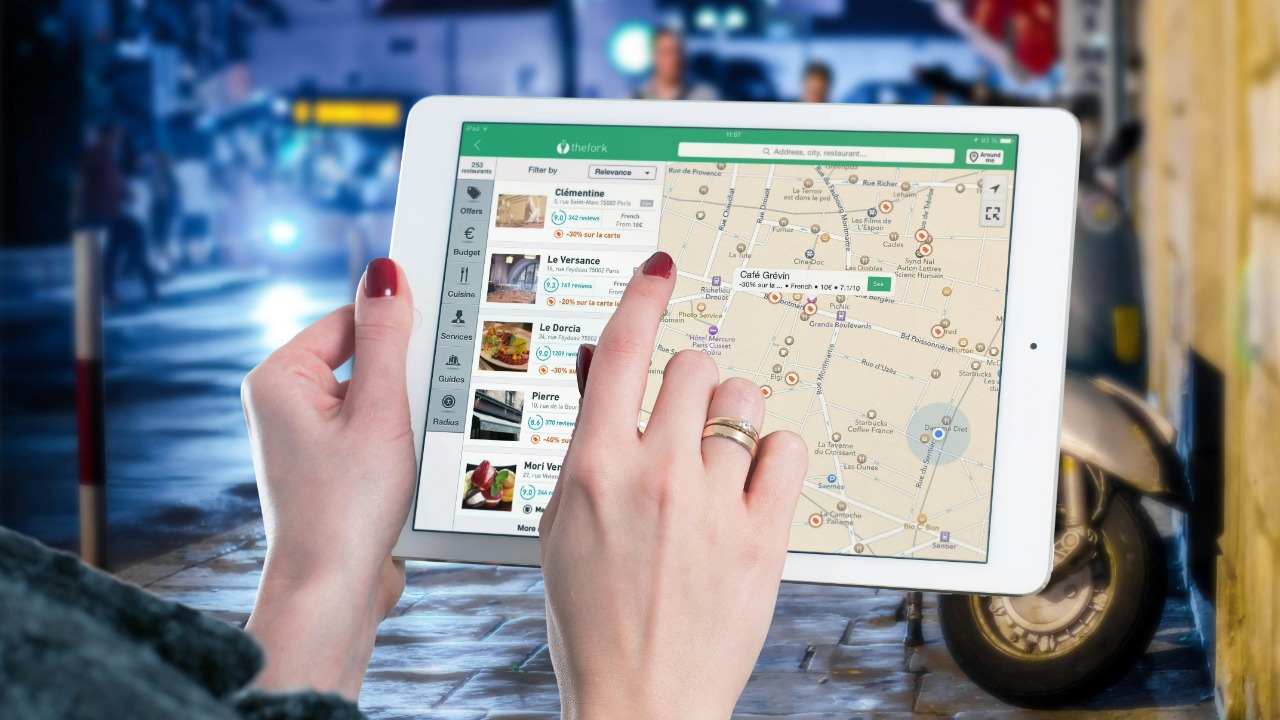
Many apps request access to your location data, which can be used to build a detailed profile of your daily movements. While location services are helpful for navigation or finding nearby services, they can also be exploited by third parties. It’s crucial to limit location access to apps that truly need it. Regularly review which apps have location permissions and adjust settings to ensure your privacy remains intact.
4. App Data Harvesting

Apps can collect a surprising amount of data, from personal information to usage patterns. This data is often sold to third parties for marketing purposes or used to create targeted ads. To safeguard your privacy, scrutinize the permissions requested by each app and only download apps from reputable sources. Reading user reviews and staying informed about potential privacy risks can help you make more informed choices.
5. Browser Activity Monitoring

Your browsing history can reveal a lot about you, from interests to personal habits. Tablets often track this information to improve user experience but can also expose it to potential hackers. To minimize tracking, consider using privacy-focused browsers or enabling incognito mode. Regularly clearing cookies and browser history can also help protect your online footprint.
6. Wi-Fi Network Sniffing

When you connect your tablet to public Wi-Fi networks, you expose your data to potential eavesdropping. Hackers can intercept data transmitted over these networks, gaining access to your personal information. To mitigate this risk, avoid using public Wi-Fi for sensitive activities and consider using a VPN to encrypt your data. Ensuring your home network is secure with strong passwords can also reduce vulnerability.
7. Bluetooth Vulnerabilities
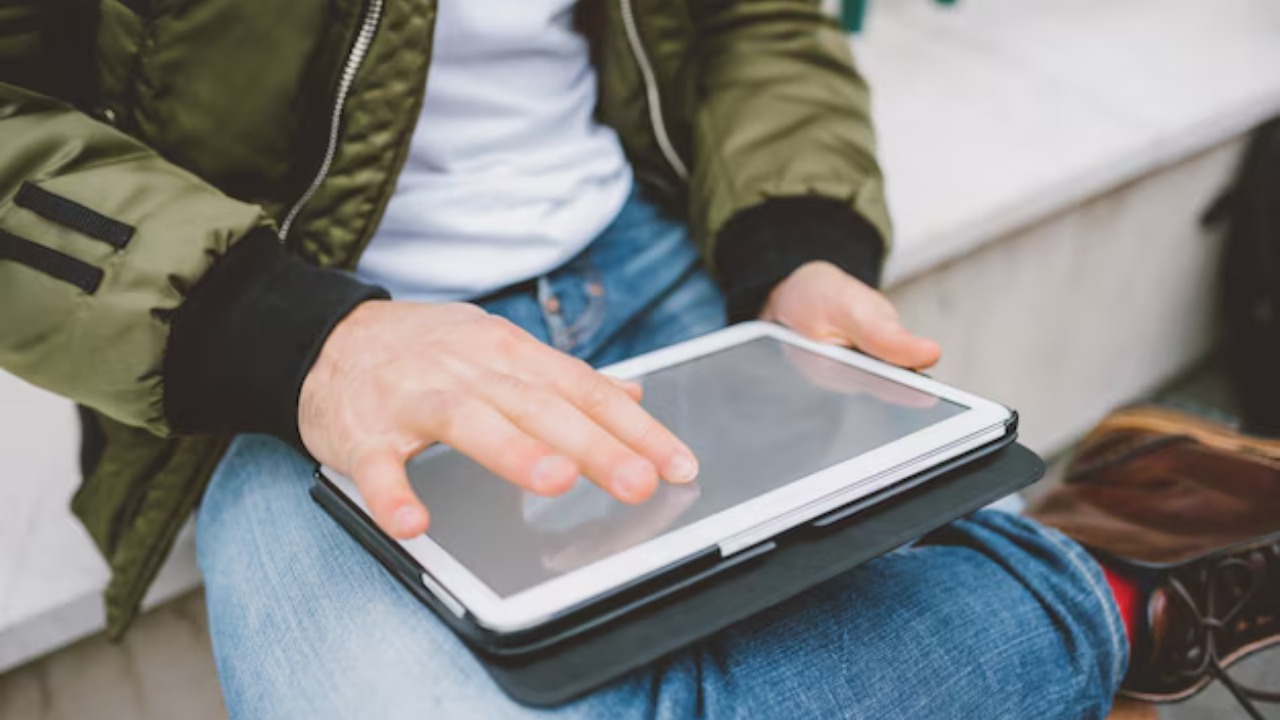
Bluetooth is a convenient way to connect devices, but it also presents security risks. Unsecured Bluetooth connections can allow hackers to access your device and data. To protect yourself, keep Bluetooth turned off when not in use and regularly check paired devices. Updating your tablet’s software can also address known vulnerabilities and enhance security.
8. Cloud Synchronization Leaks

Cloud services offer seamless synchronization between devices, but they can also be a target for data breaches. If your tablet syncs data to the cloud, ensure that the service uses robust encryption protocols. Regularly review the security settings of your cloud accounts and enable two-factor authentication to add an extra layer of protection against unauthorized access.
9. Biometric Data Collection
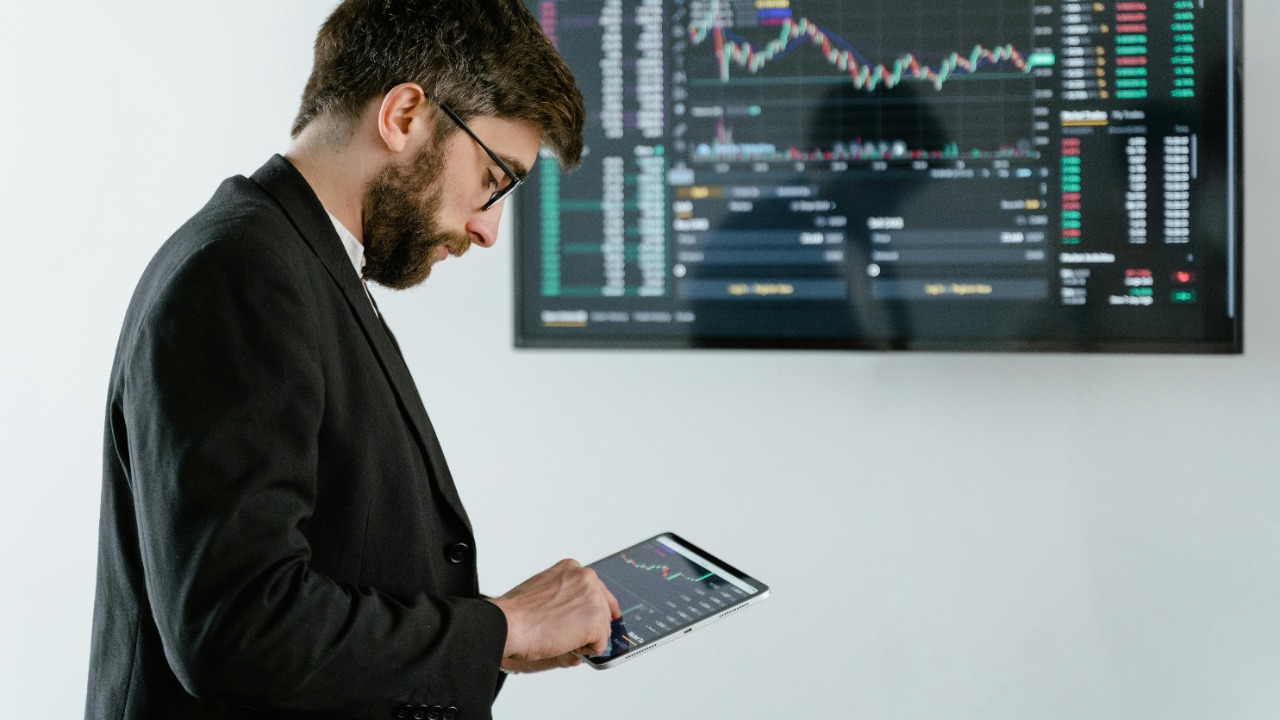
Tablets equipped with biometric authentication, like fingerprint scanners or facial recognition, collect sensitive data that can be vulnerable to exploitation. While these features enhance security, they also pose privacy risks if the data is not properly protected. To safeguard your biometric information, ensure your tablet’s operating system is up to date and use strong passwords in conjunction with biometric authentication.